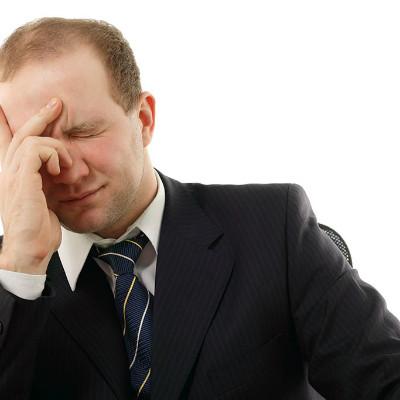How is bone hyperplasia caused
summary
How is bone hyperplasia caused? Most of the patients with bone disease are related to their previous occupations. They often work standing, often don't pay attention to diet, and often take strenuous exercise. These exercises that increase the stress on the bones are all the precursors of possible bone hyperplasia in the future. Let's understand the probability that the following may lead to bone hyperplasia in the future!
How is bone hyperplasia caused
Reason 1: the growth of age is the main risk factor of osteoarthritis. According to autopsy data, from the age of 20, about 5% of the joints have degenerative changes. At the age of 40, almost 90% of the weight-bearing joints have more or less bone hyperplasia changes. An epidemiological survey of knee osteoarthritis was conducted among 2063 adults in Beijing suburbs. The results showed that the positive rates of osteophytes were 10.6, 14.8, 29.1, 51.8 and 78.5 in the age groups of 16-30, 31-40, 41-50, 51-60 and over 60 years old, respectively.

The second reason: overuse of occupational joints can increase the prevalence of these joints. For example, the elbow and shoulder joints of foundry workers, the spine and knee joints of miners, the knee and ankle joints of loaders and unloaders, the shoulder joints of drivers, the wrist joints of repairmen and weavers, the metatarsophalangeal joints of ballet dancers, the cervical joints of workers who have been engaged in embroidery, typing and desk work for a long time, and the calcaneus of women weavers, salesmen, welcome ladies and honor guards.

The third reason: bad posture, long-term desk work, bad sleep posture, inappropriate pillow are the main causes of cervical vertebra hyperosteogeny. This is due to the imbalance of paravertebral muscles, ligaments and joints, the side with high tension is easy to cause different degrees of strain, and because some muscles of the cervical spine are in a state of continuous tension, for a long time these muscles have static damage, and then the cervical spine has degenerative changes, resulting in bone hyperplasia. It is also related to the long-term uneven stress of the cervical joint, which makes the pressure (stress) concentrated in a certain part of the joint, resulting in excessive stress and joint damage.

matters needing attention
It is caused by some factors (old age, obesity, sex hormone, bone mineral density, strain, trauma, other diseases and genetic factors, etc.) that lead to the degenerative changes of bone and joint and the formation of bone spurs around the joint. Traditional Chinese medicine believes that the disease is related to trauma, strain, blood stasis blocking collaterals, feeling wind cold dampness evil, phlegm dampness internal resistance, liver and kidney deficiency, etc.


















